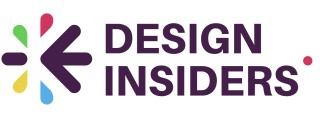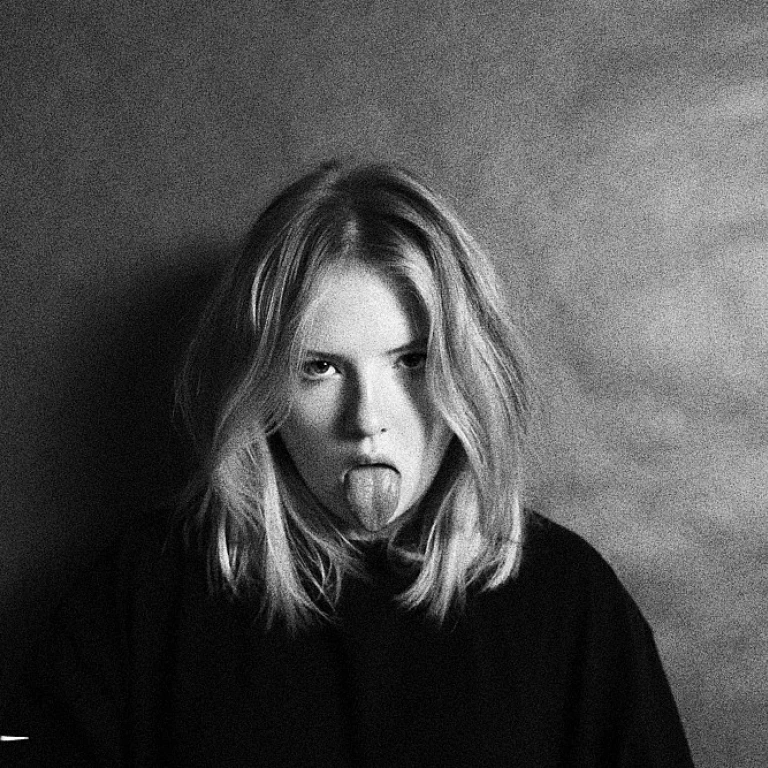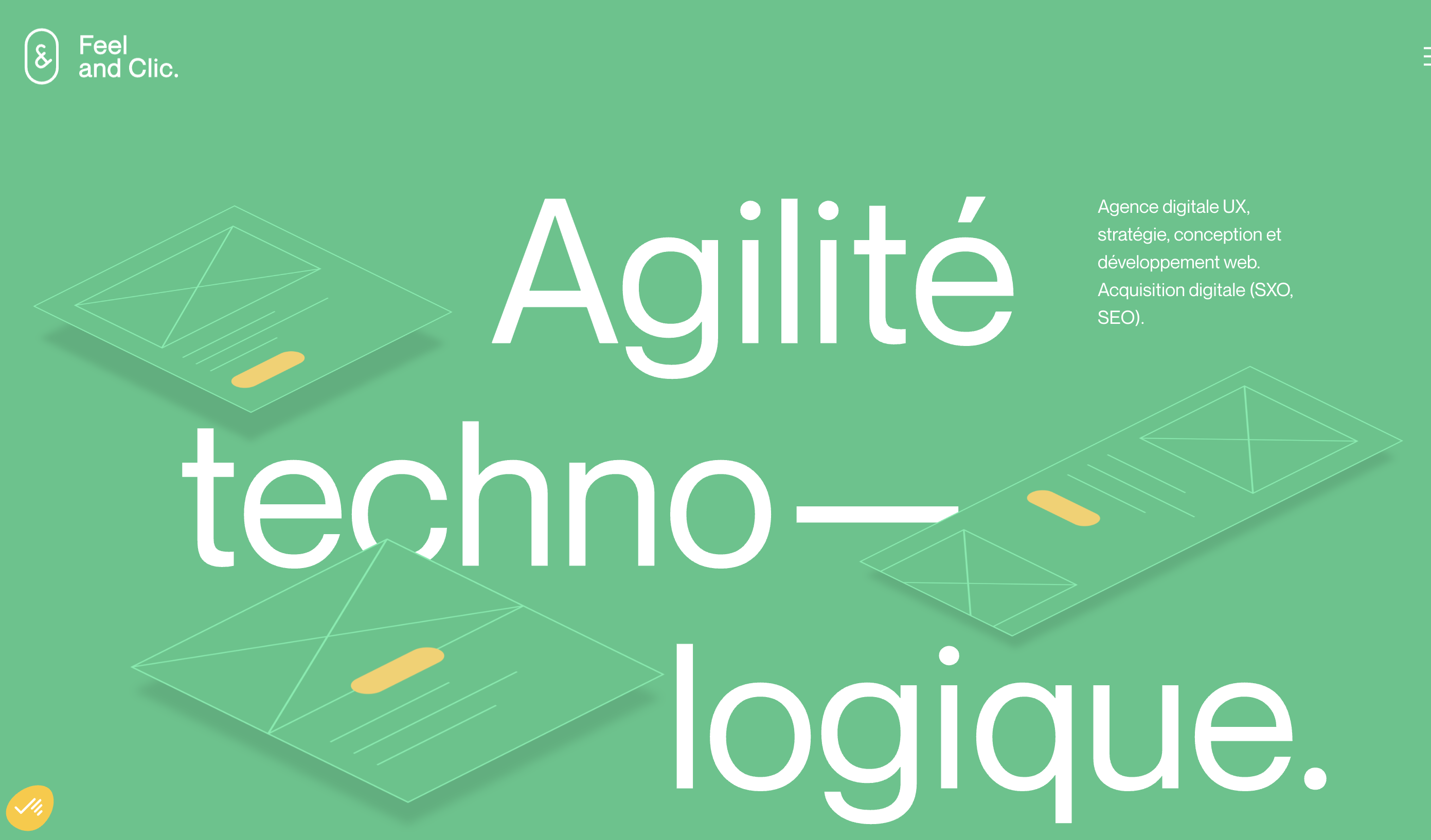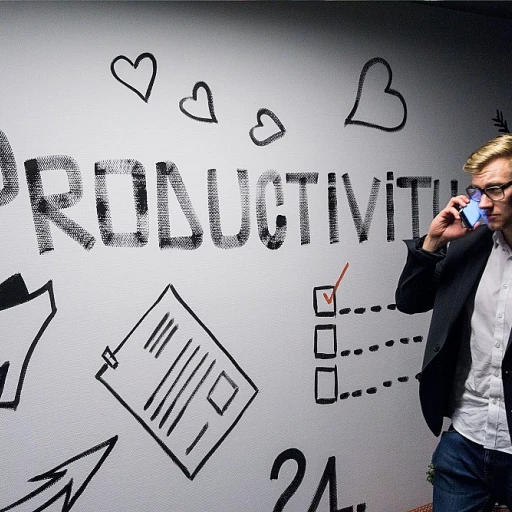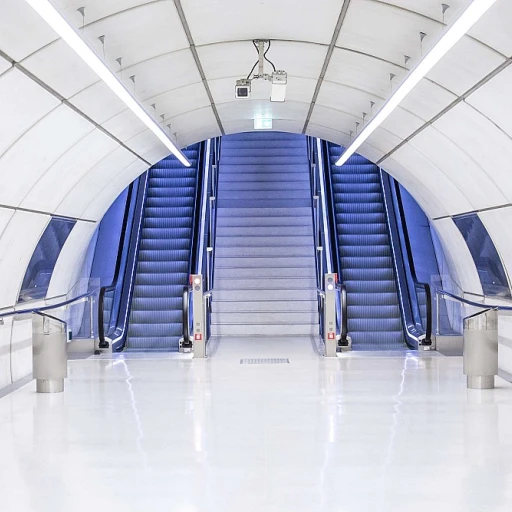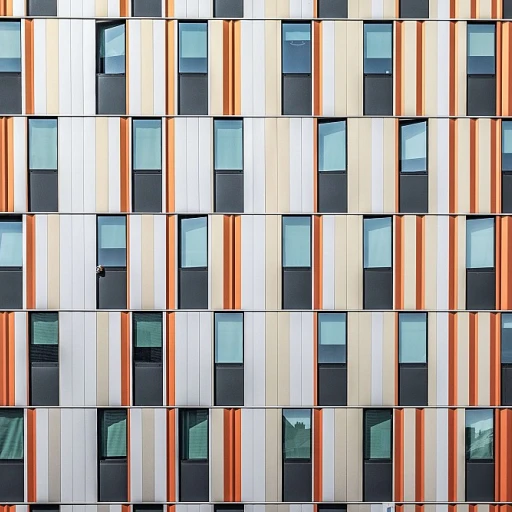
Understanding Team Dynamics
Team Interaction and Core Characteristics
Design teams can be complex ecosystems where every member brings a unique set of skills and abilities to the table. Understanding these dynamics is crucial to leveraging the maximum value out of your team.- Team Roles and Responsibilities
- Communication Nuances
- Cultural and Gender Diversity
- Shared Purpose and Goals
Leveraging Diverse Skills
Harnessing the Power of Skill Diversity
In a design team, the blend of diverse skills plays a pivotal role in propelling projects to success. Each team member brings a unique set of abilities and perspectives, a resource that can be strategically leveraged for optimal performance. Identifying and understanding these diverse skills is crucial.- Recognize Individual Strengths: Begin by assessing the specific strengths of each team member. Whether it’s technical proficiency in design software, innovative thinking, or client communication skills, acknowledging these competencies fosters a sense of value among team members.
- Encourage Cross-Disciplinary Collaboration: Facilitate interaction between team members with different skill sets. This will not only nurture creative problem-solving but also broaden the collective expertise. For instance, designers can work alongside coders to better understand the feasibility of design concepts within technical constraints.
- Assign Tasks Based on Expertise: To maximize efficiency, align tasks with team members' strengths. This precision ensures that each aspect of a project is handled by the most capable individual, enhancing quality and speed.
Fostering a Collaborative Environment
Creating a Culture of Open Dialogue
In any design team, fostering a collaborative environment is crucial. Open communication is the backbone of successful collaboration. Encourage designers to ask questions and share their views openly. This not only enhances the design process but also builds trust among team members. When everyone feels heard, the team can work more effectively towards common goals.
Integrating Design Systems
Design systems play a pivotal role in maintaining consistency across products. By integrating a robust design system, teams can streamline their workflow, allowing designers to focus on creativity rather than repetitive tasks. This approach not only saves time but also ensures that the product owners and business stakeholders are aligned with the design vision.
Utilizing Diverse Communication Tools
Communication is key in any collaborative environment. Utilizing a variety of tools can help facilitate better interaction among team members. Whether it's through apps or traditional meetings, ensuring that everyone is on the same page is vital. This helps in addressing any questions or concerns promptly, keeping the project on track.
Encouraging Feedback and Comments
Feedback is essential for growth. Encourage team members to provide constructive comments on each other's work. This not only helps in improving the design but also fosters a culture of continuous learning. By knowing your team’s strengths and areas for improvement, you can allocate resources more effectively and enhance the overall design experience.
For those interested in exploring the tools that can enhance your team's collaborative efforts, consider reading about which tool suits your design needs. This can provide insights into selecting the right tools that align with your team’s workflow.
Implementing Efficient Processes
Streamlining Workflow with Strategic Process Implementation
A successful design team thrives on processes that enhance efficiency without stifling creativity. By thoughtfully introducing streamlined workflows, teams can focus on optimizing their output. This involves both identifying and integrating practices that align with your team's unique dynamics and skills, fostering an environment where innovation can flourish.
Firstly, it's crucial to identify bottlenecks and redundant steps within existing workflows. This can be achieved through team discussions or feedback sessions, facilitating a clearer understanding of the underlying issues. Once pinpointed, it's essential to devise solutions that simplify these processes, enabling designers to concentrate more on creative aspects.
Incorporating tools like project management software can significantly bolster process efficiency. Good project management tools help in task allocation, progress tracking, and deadline management, which not only aids in systematic workflow management but also encourages transparency and accountability among team members.
Furthermore, fostering a culture of agility within the team is vital. This involves being open to changes and adaptations, as rigid processes can hinder creativity and responsiveness to new trends and insights. Encouraging team input in process development ensures processes remain dynamic and relevant.
Lastly, regular assessment of these processes is critical. It's not enough to implement them; monitoring their effectiveness over time helps in making necessary adjustments. This could involve revisiting mechanisms like communication channels or revisiting tool efficacy. The goal is to refine the processes continually, ensuring they contribute positively to the design team's output and the overarching objectives of the organization.
Measuring Success and Impact
Evaluating the Impact of Design Efforts
Understanding the impact of your design team is crucial for maximizing its value. It's not just about the aesthetics but how design contributes to the overall business goals. Start by asking the right questions about the role of design in your organization. How does it enhance the experience of your product? What questions are your designers solving for the users?
Key Metrics to Consider
To measure success, consider both qualitative and quantitative metrics. Quantitative metrics might include user engagement rates, conversion rates, or the time users spend on a particular app or system. Qualitative feedback, such as user comments and communication with product owners, can provide insights into user satisfaction and areas for improvement.
Feedback Loops and Continuous Improvement
Establishing a feedback loop is essential. Regularly gather input from both users and stakeholders to understand the view of your design efforts. This feedback should be integrated into your design system to ensure that your team is continuously improving and adapting to new challenges.
Aligning Design with Business Objectives
Aligning design efforts with business objectives is another critical step. Ensure that your team understands how their work fits into the larger picture. This alignment helps in prioritizing tasks and allocating les ressources effectively, ensuring that every design decision supports the company's goals.
By focusing on these areas, you can ensure that your design team is not only creating visually appealing products but also driving tangible business results. This holistic approach to measuring success will help you connaitre votre team’s strengths and areas for growth, ultimately maximizing their value within the organization.
Investing in Continuous Learning
Promoting Lifelong Growth Within Your Team
Investing in continuous learning is a strategic pillar essential to maximizing the value of a design team. It acknowledges that in the fast-paced realm of design, adaptability and knowledge enhancement are not just advantages but necessities. Encouraging your team to continually expand their skill set will keep them engaged and innovative.
- Diverse Learning Opportunities: Providing access to a mix of learning resources, from online courses to industry seminars, supports different learning styles and content preferences. This diversity in learning options also helps in accommodating the broad spectrum of skills within your team.
- Knowledge Sharing Sessions: Regularly scheduled meetings where team members can share their insights from recent projects or acquired skills foster a culture of shared knowledge and collective growth. This can effectively enhance the team's overall capabilities.
- Mentorship Programs: Building a mentorship structure not only amplifies skills across the board but also strengthens connections within your team. More experienced members can offer valuable insights, guiding newer designers through complex challenges.
Continuous learning fuels the adaptability required for design teams to excel in an ever-evolving environment. By embedding these growth-oriented practices, you are not only enhancing expertise but also solidifying the team's ability to remain agile and innovative in the face of change.
